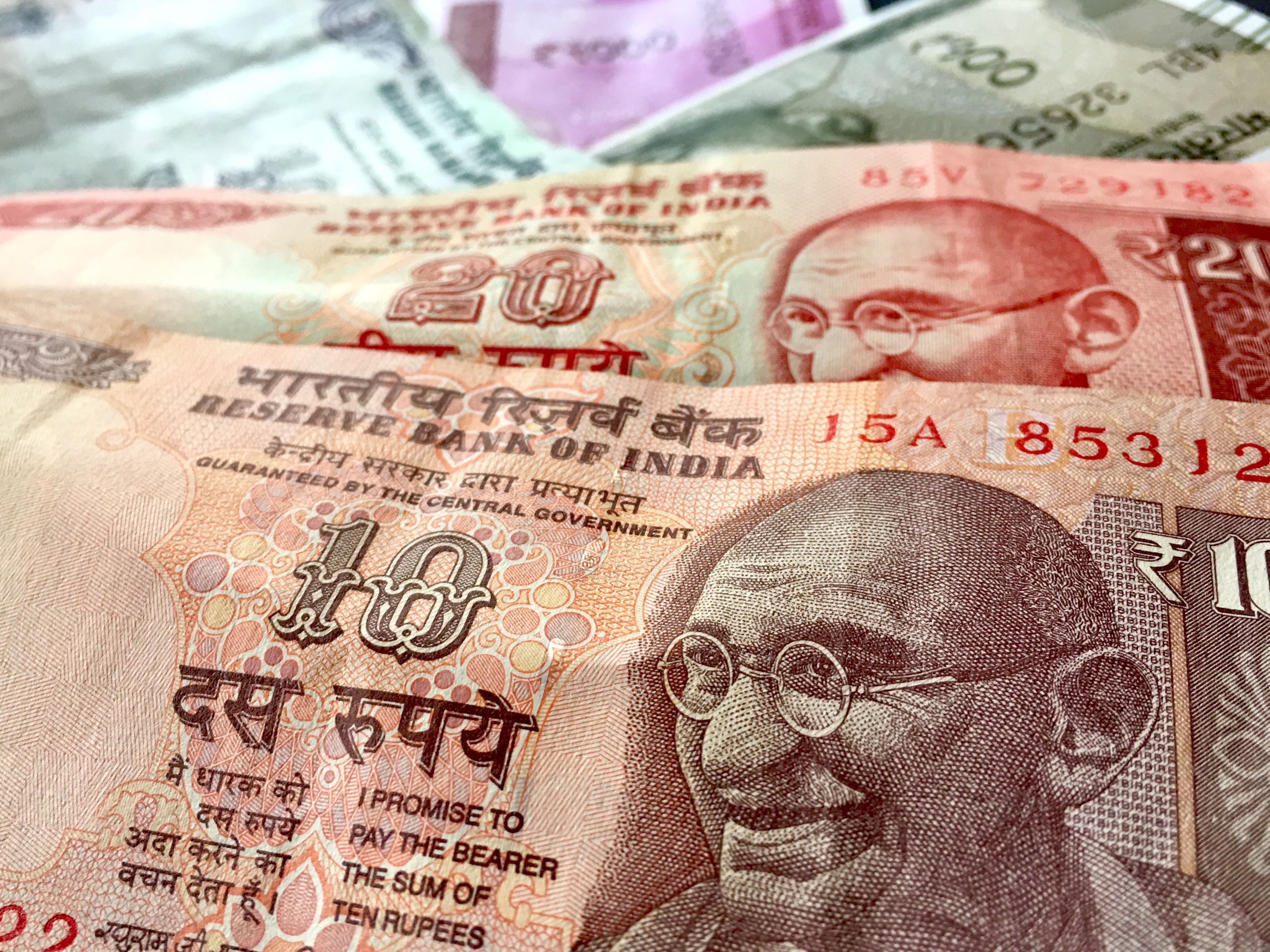India’s economy
India is now the world’s fifth-largest economy, when measured by GDP (with USD 2.59 trillion or AUD 3.74 trillion GDP and USD 6,284 or AUD 9,093 GDP per capita) in 2020.
On the alternative measure of purchasing power parity, India ranks third, after China and the United States. According to the International Monetary Fund, India is currently one of the fastest-growing economies in the world and is expected to outgrow other major economies in 25 years – an expectation underpinned by Prime Minister Modi’s introduction of economic liberalisation policies.
In the half century following independence, the economy was characterised by protectionist policies and extensive regulation. An economic crisis in 1991 ignited a process of economic liberalisation, moving India towards a market-based economy.
Economic growth began to take off in the late 1990s, and averaged more than 7 per cent through the first decade of this century. However, growth slowed from 2011 through to 2013, after which sentiment again picked up on the back of reforms introduced by then newly elected Prime Minister Modi and inflation dropped to its lowest level in years.

The economy rebounded strongly in 2014 but as government-owned banks faced mounting bad debt and cash shortages, growth was restrained in 2016. A decline in oil prices around the world has, among other factors, contributed to a remarkable reduction in India’s current account deficit between 2013 and 2016. Nonetheless, with the Reserve Bank of India taking steps towards restoring balance of payments stability and reducing currency volatility, growth in 2018 and 2019 has been strong.
Due to COVID-19 pandemic, India had -10.3% growth in 2020. Economic optimism around increasing exports and renewed growth in industrial production has positively impacted the IMF's prediction for India's GDP growth in 2021, which at 8 per cent.
In spite of these positive developments, India still faces a number of impediments to its economic progress, including poor infrastructure, low agricultural yields and low productivity, as well as relatively low ease of doing business, which can dissuade foreign investors.
Want to learn more? Explore our other India information categories or download the India Country Starter Pack.
